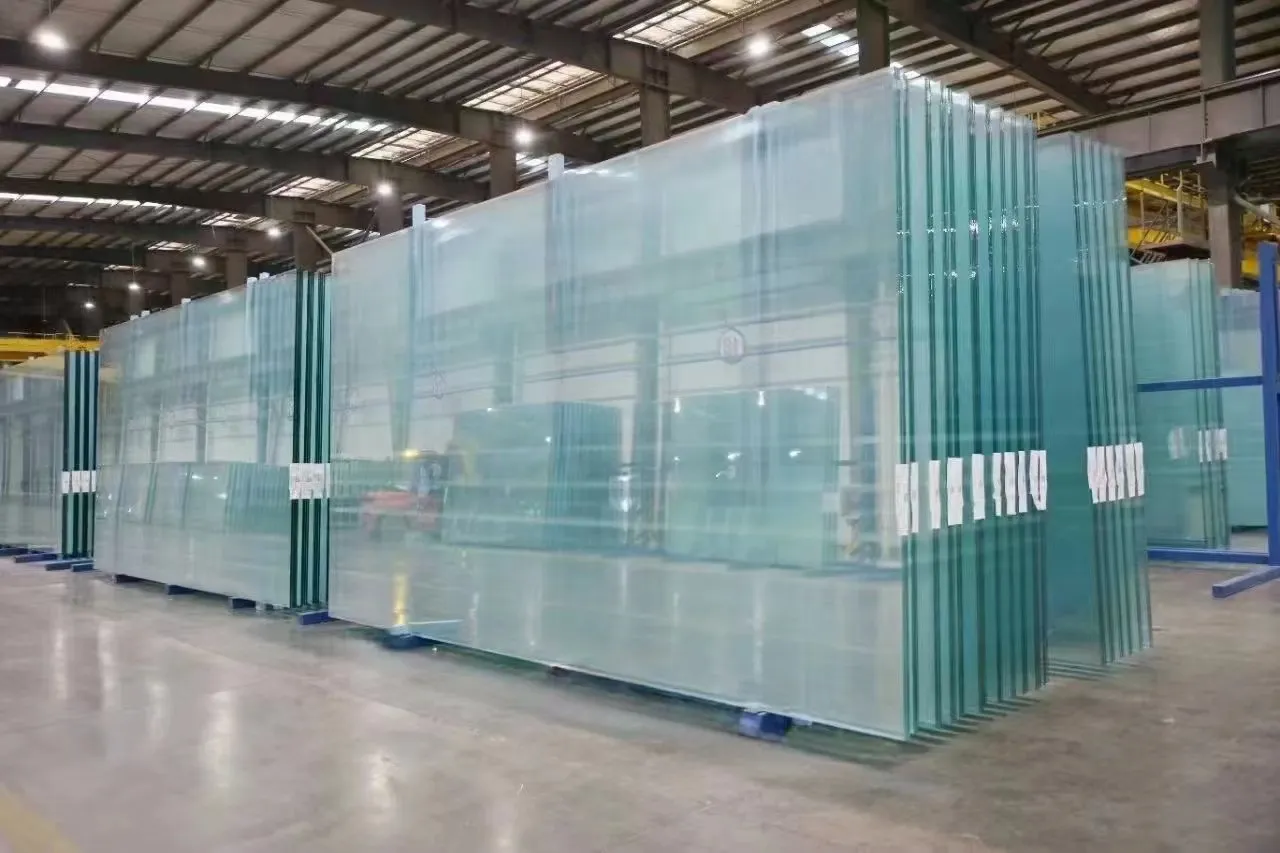The Glass House A Transparent Architectural Marvel
When we think of architecture, we often imagine sturdy structures made of brick, stone, or concrete—materials that convey permanence and stability. However, the Glass House stands as a testament to the beauty and intrigue of transparency in architecture. Designed by the renowned architect Philip Johnson and completed in 1949, the Glass House epitomizes minimalism and modernist principles, showcasing how spaces can be defined by light, reflection, and their surroundings rather than by traditional walls.
The Philosophy of Transparency
At its core, the Glass House embraces the philosophy of transparency—not just in its materials but also in its environmental interaction. The entire structure is composed of clear glass walls held together by a simple steel frame, allowing uninterrupted views of the surrounding landscape. This blurring of boundaries between indoor and outdoor spaces marks a radical departure from conventional design principles, where walls serve as barriers to the outside world. The Glass House invites nature into the living space, fostering a unique symbiosis between human habitation and the environment.
This approach to architecture reflects the modernist belief that form should follow function. In the case of the Glass House, the function is both a residence and a piece of art. The minimalist design encourages occupants to focus on the experience of space itself rather than the distraction of ornate embellishments. As you move through the house, you are struck by how light plays with the glass surfaces, creating a dynamic and ever-changing atmosphere. The reflections of trees, sky, and the changing seasons become part of the home's interior experience, allowing the environment to influence daily life.
The Role of Nature
One of the most remarkable features of the Glass House is its integration with nature. Set on a sprawling estate in New Canaan, Connecticut, the structure occupies a pristine landscape filled with trees and gardens. Instead of isolating itself from its surroundings, the Glass House sits thoughtfully among the natural elements, encouraging a dialogue between the architecture and the environment. The views from the house change dramatically with the seasons in spring and summer, the vibrant greenery envelops the home, while autumn brings a burst of color and winter offers a serene, snowy landscape.
the glass house architecture
This connection to nature isn't merely aesthetic. Philip Johnson believed that architecture should nurture the human spirit, and he achieved this through the seamless flow of the glass house into its surroundings. It serves as a reminder that our living spaces should not just accommodate our needs but also inspire us, providing a sense of tranquility and awareness of the world outside.
The Term Living in the Moment
Living in a glass house brings with it a unique set of challenges and experiences. For instance, the lack of privacy can be daunting in a world where personal space is often sacred. But this transparency challenges its inhabitants to embrace vulnerability and openness. The Glass House encourages a lifestyle of 'living in the moment'—the inhabitants must accept their visibility to the outside world, which can foster a sense of community and connectivity with neighbors and nature alike.
Furthermore, the delicate balance of maintaining a glass structure adds an element of responsibility. The onus lies on the inhabitants to adapt their living patterns according to weather changes, angle of sunlight, and the season’s progression. The significance of sustainability becomes evident—choosing how to let in light, how to control temperature, and incorporating energy-efficient designs becomes part of the living experience.
Architectural Legacy
The legacy of the Glass House extends far beyond its walls. It has inspired countless architects and designers, reshaping the way we perceive space and design. As we move further into the 21st century, the principles laid down by Johnson continue to resonate—especially in a world increasingly attuned to sustainability and environmental consciousness. The idea of transparency, both in architecture and in life, invites us to explore deeper connections with our surroundings, reminding us that architecture can be both functional and poetic.
In conclusion, the Glass House not only stands as a remarkable architectural achievement but also as a philosophical statement on the nature of space and perception. Through its unapologetic embrace of transparency and integration with nature, it challenges us to reconsider our relationship with our living environments. Ultimately, the Glass House invites us to reflect on our own lives—encouraging us to welcome vulnerability, appreciate beauty in simplicity, and connect with the world around us.
 Afrikaans
Afrikaans  Albanian
Albanian  Amharic
Amharic  Arabic
Arabic  Armenian
Armenian  Azerbaijani
Azerbaijani  Basque
Basque  Belarusian
Belarusian  Bengali
Bengali  Bosnian
Bosnian  Bulgarian
Bulgarian  Catalan
Catalan  Cebuano
Cebuano  Corsican
Corsican  Croatian
Croatian  Czech
Czech  Danish
Danish  Dutch
Dutch  English
English  Esperanto
Esperanto  Estonian
Estonian  Finnish
Finnish  French
French  Frisian
Frisian  Galician
Galician  Georgian
Georgian  German
German  Greek
Greek  Gujarati
Gujarati  Haitian Creole
Haitian Creole  hausa
hausa  hawaiian
hawaiian  Hebrew
Hebrew  Hindi
Hindi  Miao
Miao  Hungarian
Hungarian  Icelandic
Icelandic  igbo
igbo  Indonesian
Indonesian  irish
irish  Italian
Italian  Japanese
Japanese  Javanese
Javanese  Kannada
Kannada  kazakh
kazakh  Khmer
Khmer  Rwandese
Rwandese  Korean
Korean  Kurdish
Kurdish  Kyrgyz
Kyrgyz  Lao
Lao  Latin
Latin  Latvian
Latvian  Lithuanian
Lithuanian  Luxembourgish
Luxembourgish  Macedonian
Macedonian  Malgashi
Malgashi  Malay
Malay  Malayalam
Malayalam  Maltese
Maltese  Maori
Maori  Marathi
Marathi  Mongolian
Mongolian  Myanmar
Myanmar  Nepali
Nepali  Norwegian
Norwegian  Norwegian
Norwegian  Occitan
Occitan  Pashto
Pashto  Persian
Persian  Polish
Polish  Portuguese
Portuguese  Punjabi
Punjabi  Romanian
Romanian  Russian
Russian  Samoan
Samoan  Scottish Gaelic
Scottish Gaelic  Serbian
Serbian  Sesotho
Sesotho  Shona
Shona  Sindhi
Sindhi  Sinhala
Sinhala  Slovak
Slovak  Slovenian
Slovenian  Somali
Somali  Spanish
Spanish  Sundanese
Sundanese  Swahili
Swahili  Swedish
Swedish  Tagalog
Tagalog  Tajik
Tajik  Tamil
Tamil  Tatar
Tatar  Telugu
Telugu  Thai
Thai  Turkish
Turkish  Turkmen
Turkmen  Ukrainian
Ukrainian  Urdu
Urdu  Uighur
Uighur  Uzbek
Uzbek  Vietnamese
Vietnamese  Welsh
Welsh  Bantu
Bantu  Yiddish
Yiddish  Yoruba
Yoruba  Zulu
Zulu 

